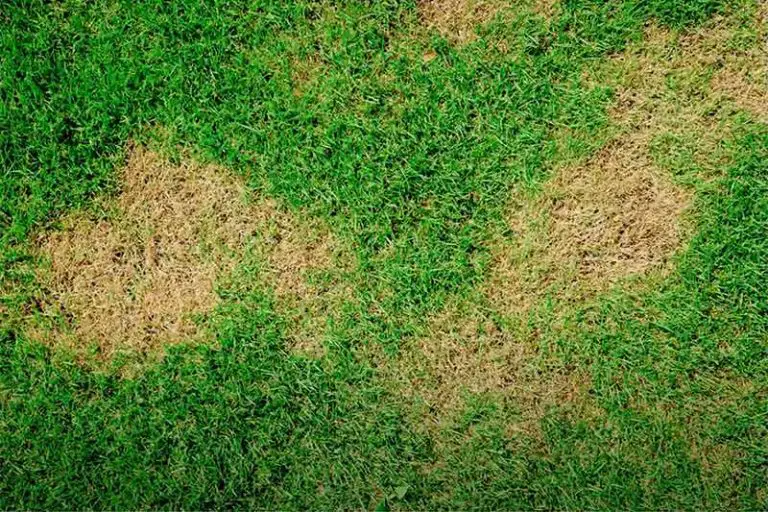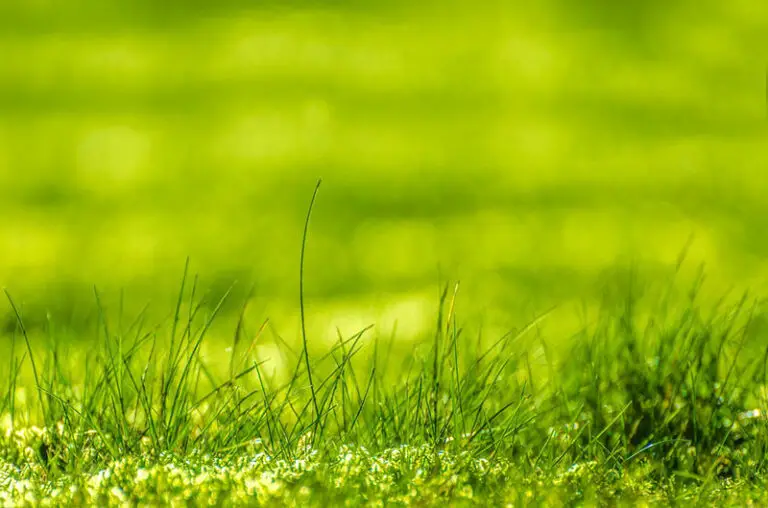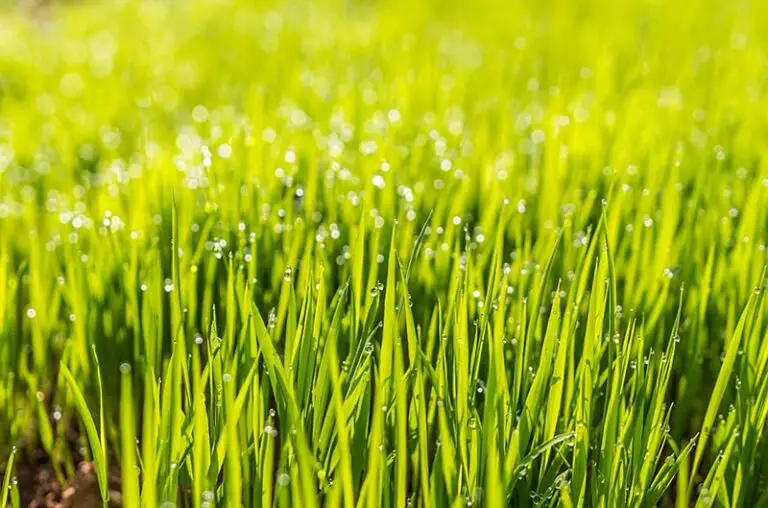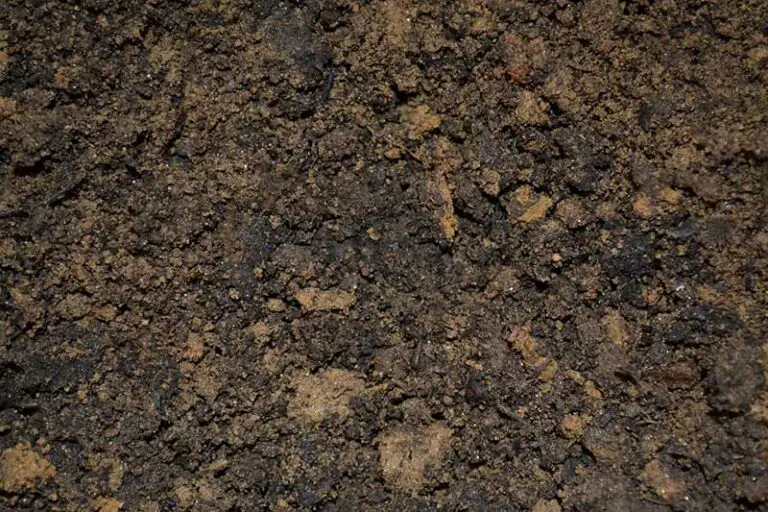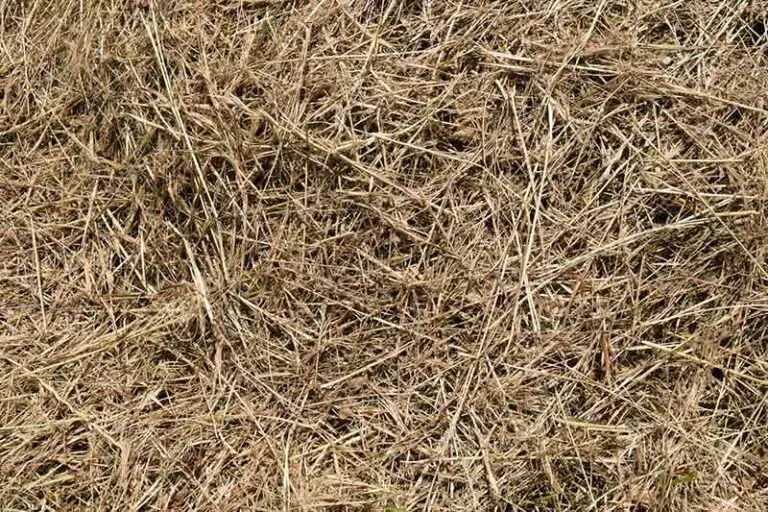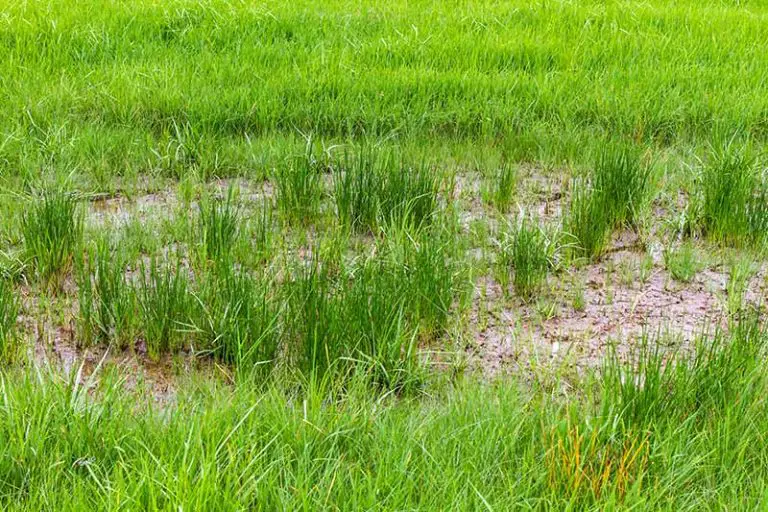Lawn Grass Bubbles – Causes and How to Get Rid of Them
Grass bubbles in your lawn can be both unsightly and uncomfortable to walk on. It may feel like you’re walking on quicksand and can’t get an even footing depending on the size of the problem. It also goes without saying that lawn grass bubbles can also be detrimental to your lawn’s health if left to fester without intervention.
Lawn grass bubbles are often caused by water becoming trapped beneath the surface of your lawn. This can happen as a result of a number of issues, but the main cause is soil weakness.
What is a Grass Bubble?
Grass bubbles are pockets of water that have collected under the surface of your lawn. As a result, they push the lawn upwards into a dome shape – hence them being referred to as bubbles. They are most commonly found on even terrain, particularly golf courses.
Whilst rare, some grass bubbles are caused by methane gases as opposed to water, as a result of breakdown of decomposing matter beneath the lawn. These gases can be released if there is decomposing grass or plant matter beneath your topsoil that has failed to be removed.
Generally speaking, however, it’s safe to assume that any grass bubbles in your yard are the result of water rather than gas.
What Causes Grass Bubbles?
Grass bubbles are caused when water or gas becomes trapped underneath the topsoil that is supporting the lawn, forcing the lawn upwards into a bubble. This can happen in a few different ways, but the most common reason involves something being hidden underneath the topsoil preventing water or gas from clearing out from beneath the lawn. As a result, grass bubbles are most common in lawns which have plastic spread beneath before the topsoil and grass had been added. The presence of plastic underneath the topsoil prevents water buildup from escaping.
In addition to this, grass bubbles can also be caused simply by how closely packed the grass and topsoil is. If there is no room to breathe, it will flood easily and cause grass bubbles to form as there will be nowhere else for the contents to go.
Grass bubbles can be caused when any type of water enters the lawn, regardless of source, as long as there is no way for it to drain correctly. This means that they can be caused by rainfall or burst pipes.
Aerating and dethatching your lawn can prevent a buildup of standing water from forming, which may lead to grass bubbles
How to Tell if my Lawn has Grass Bubbles?
Grass bubbles aren’t always visible to the naked eye, but they’re likely to be felt when walking over them.
They’re often squishy and soft to the touch, and depending on how poor the drainage beneath them is, they can be different sizes too.
Are Grass Bubbles Dangerous?
Grass bubbles are unlikely to have any major damage underneath them, and are not a sign of a sinkhole appearing. They are, however, damaging to your grass and other plants in your lawn. The standing water trapped beneath may also be somewhat dangerous depending on its source.
Grass bubbles can be damaging to the surrounding area as they can drown the grass which they are trapped underneath.
How to Remove Grass Bubbles
Grass bubbles can be removed in a few different ways, but the technique remains similar. The best way to remove a grass bubble is to simply puncture it. Make sure to only puncture it once or twice, to ensure that the water has manageable drainage points which will be easier to repair once the bubble has deflated.
The hard part is ensuring that the water drains from it correctly, and this can be done in a variety of ways.
- Dig some shallow trenches – Digging some shallow trenches to allow the water from the grass bubble to drain away from the garden may be a solution if the bubble is particularly large.
- Use a French drain – Having a French drain installed could not only help drain the grass bubble, but could also help prevent standing water in the future as well.
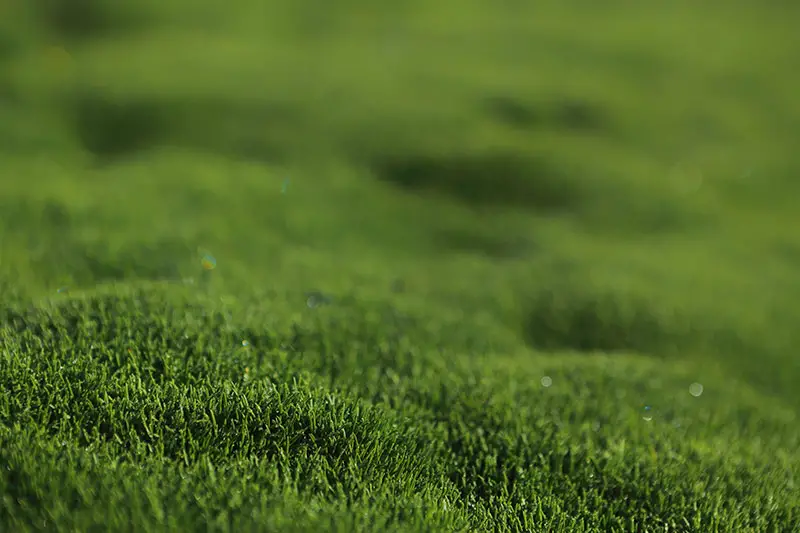
Preventing Grass Bubbles
Grass bubbles may not be completely avoidable and could be an expensive fix if attempting to remove any plastic or other issues which may be causing them.
Installing Drainage
Grass bubbles appear when water beneath the surface is unable to drain correctly. The simplest solution to this issue is to install drainage in the lawn which can prevent any standing water from occuring in the future.
Maintain Soil
Preparing and maintaining soil is another key to preventing grass bubbles. This may be an invasive process which involves removing layers of lawn and topsoil, but it is the most effective way of ensuring that grass bubbles don’t form on your lawn. One way in which soil can be adjusted to prevent grass bubbles is by using gravel or a granular material to help break up and distribute any excess water which may flood your yard.
Aeration
Aeration can reduce the risk of water or gas becoming trapped underneath the soil. Aeration helps create small pockets of air in a lawn by puncturing the soil, allowing water to drain easier to the grass’ roots.
Final Thoughts
Grass bubbles may appear to be quite imposing once first encountered, but they are fairly easy to remove providing there is somewhere for the excess water to drain to.

